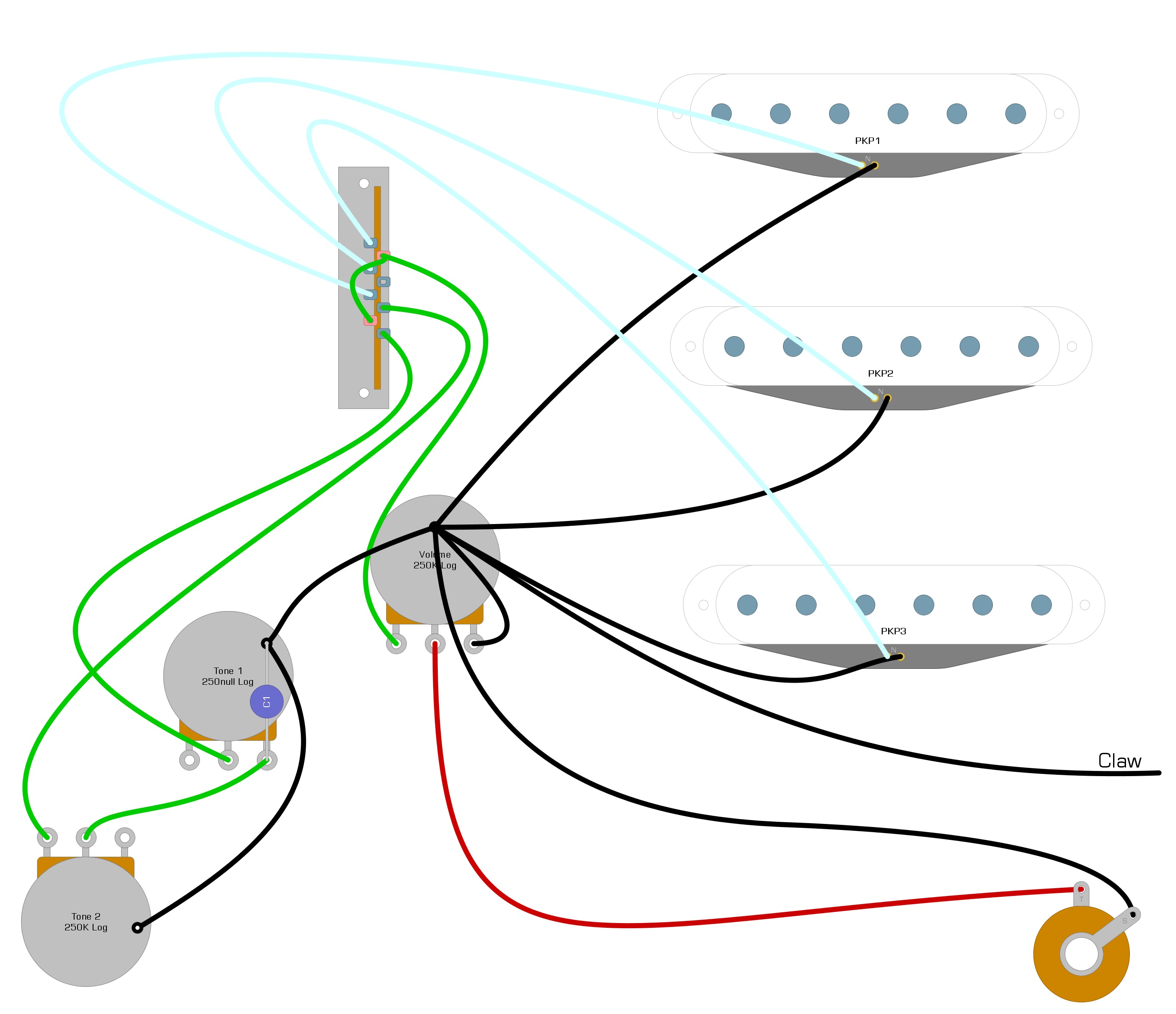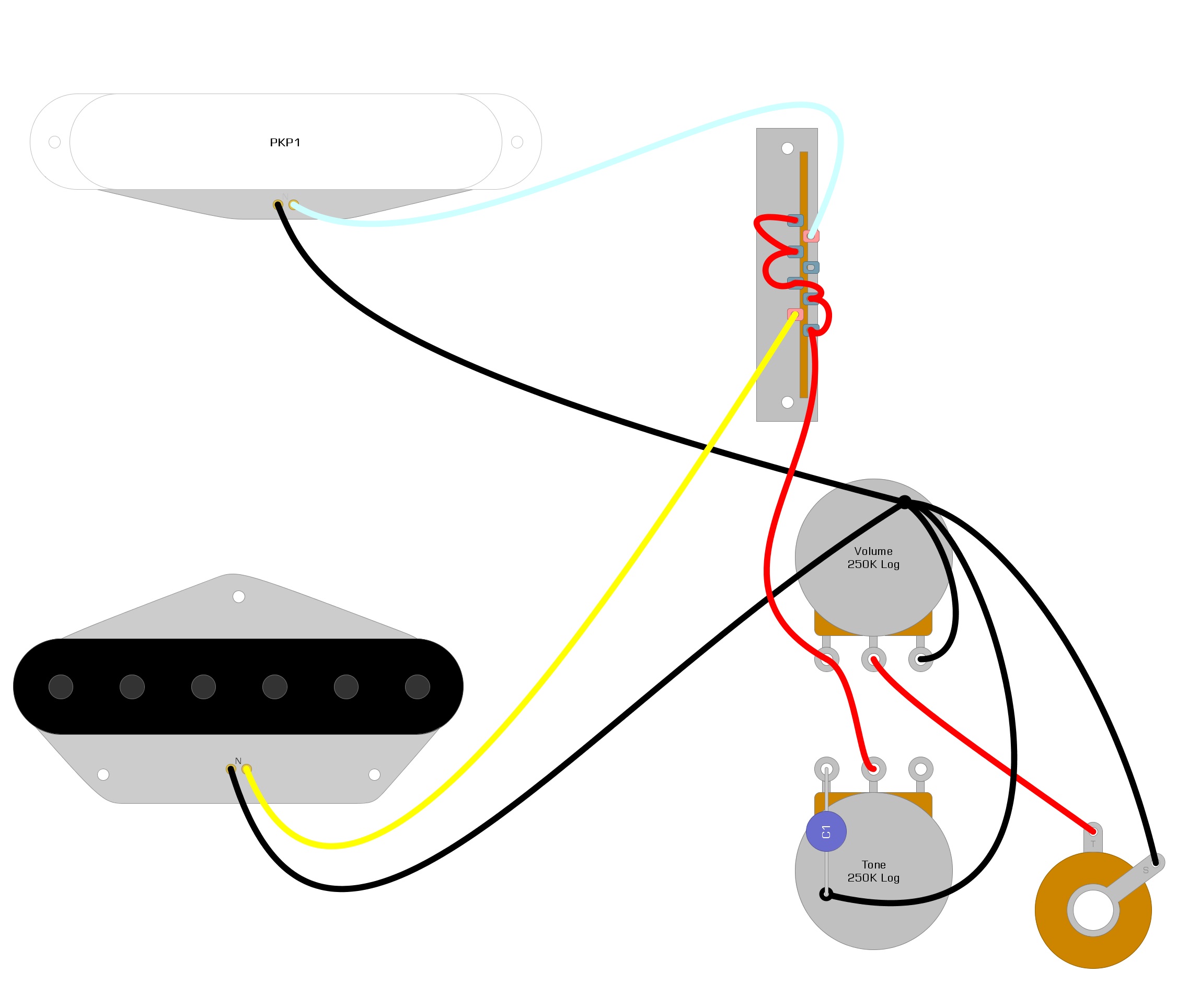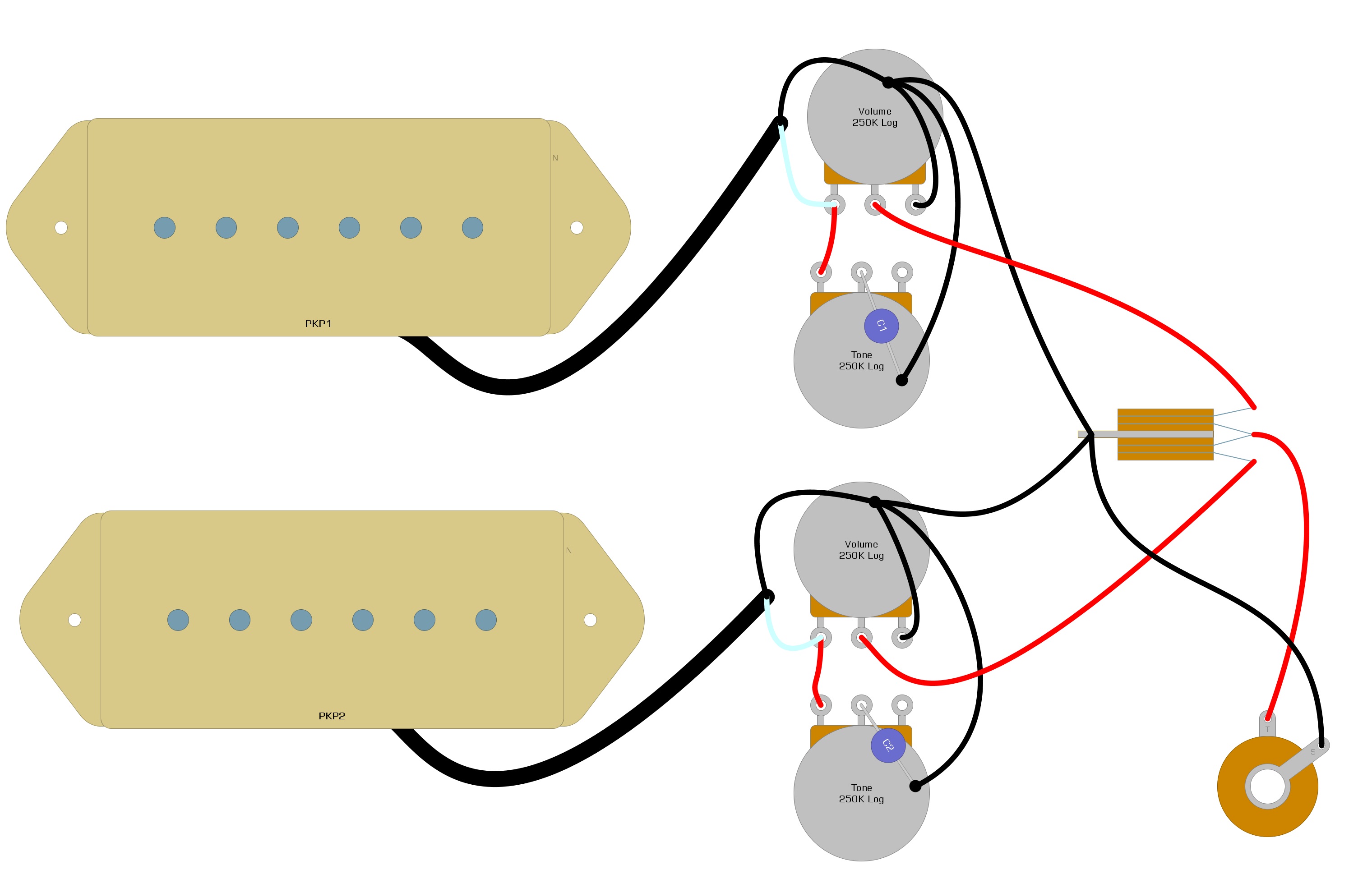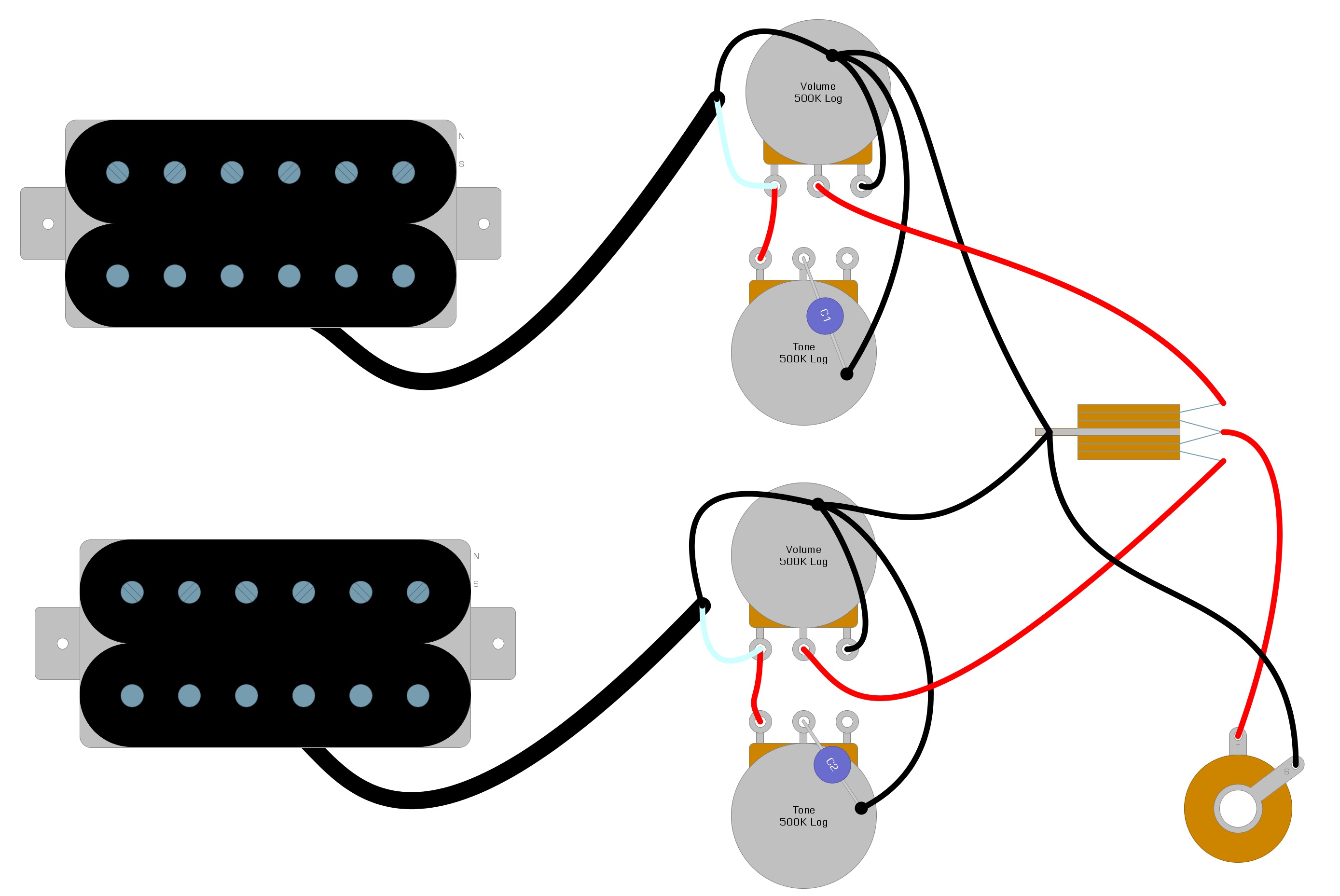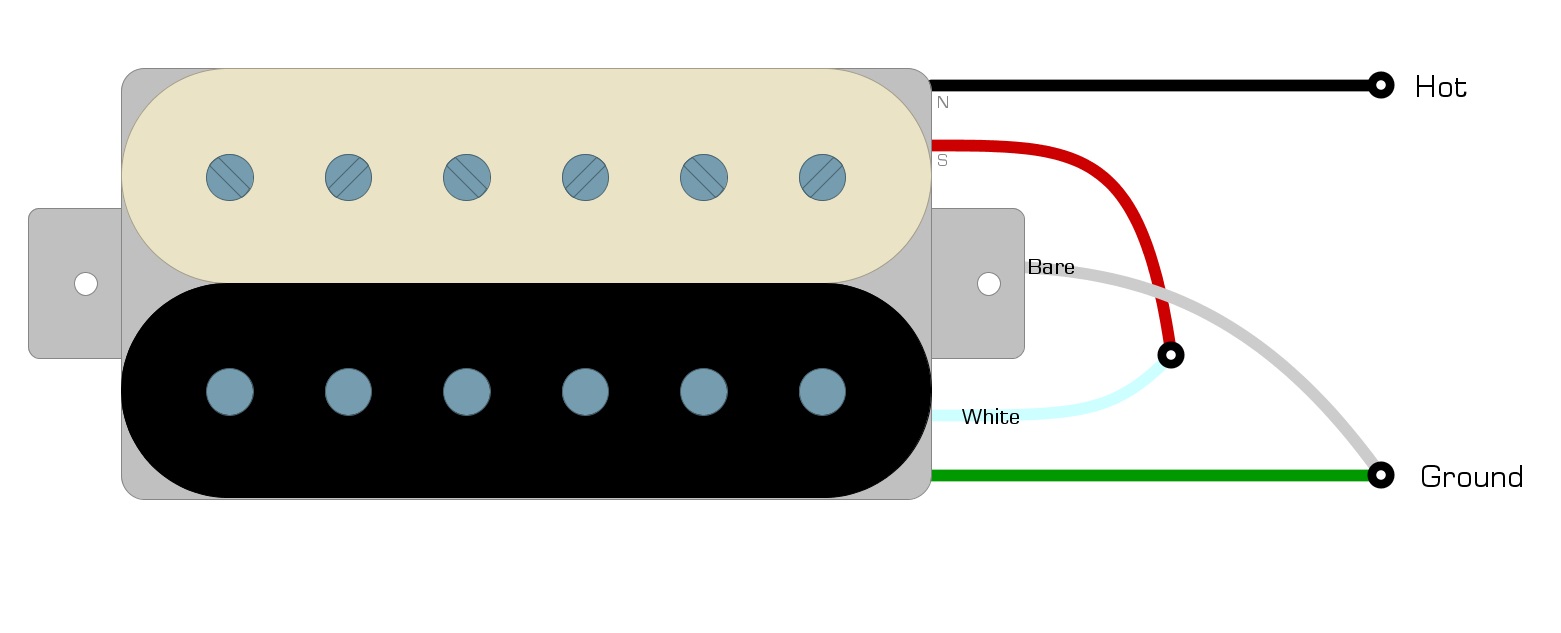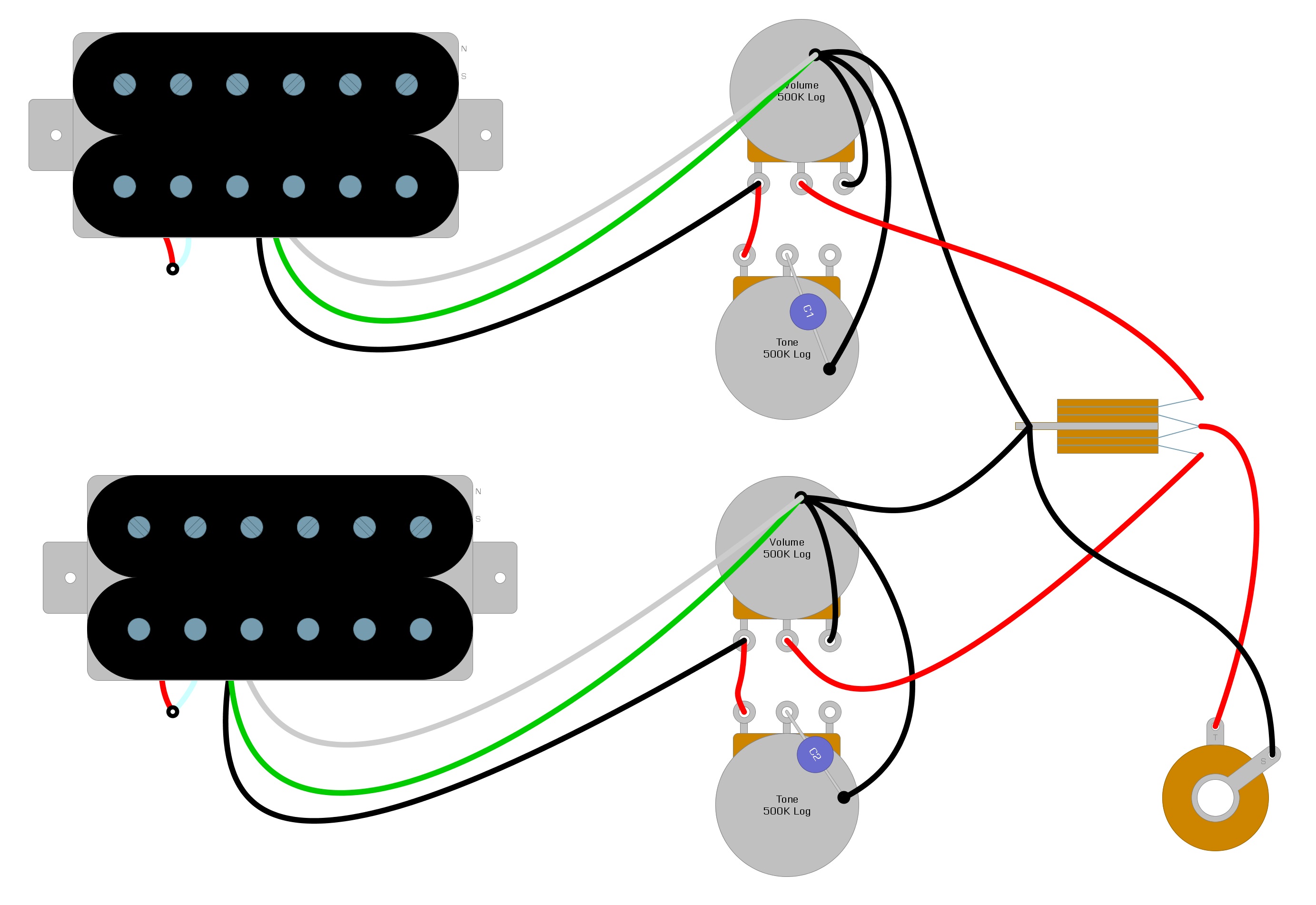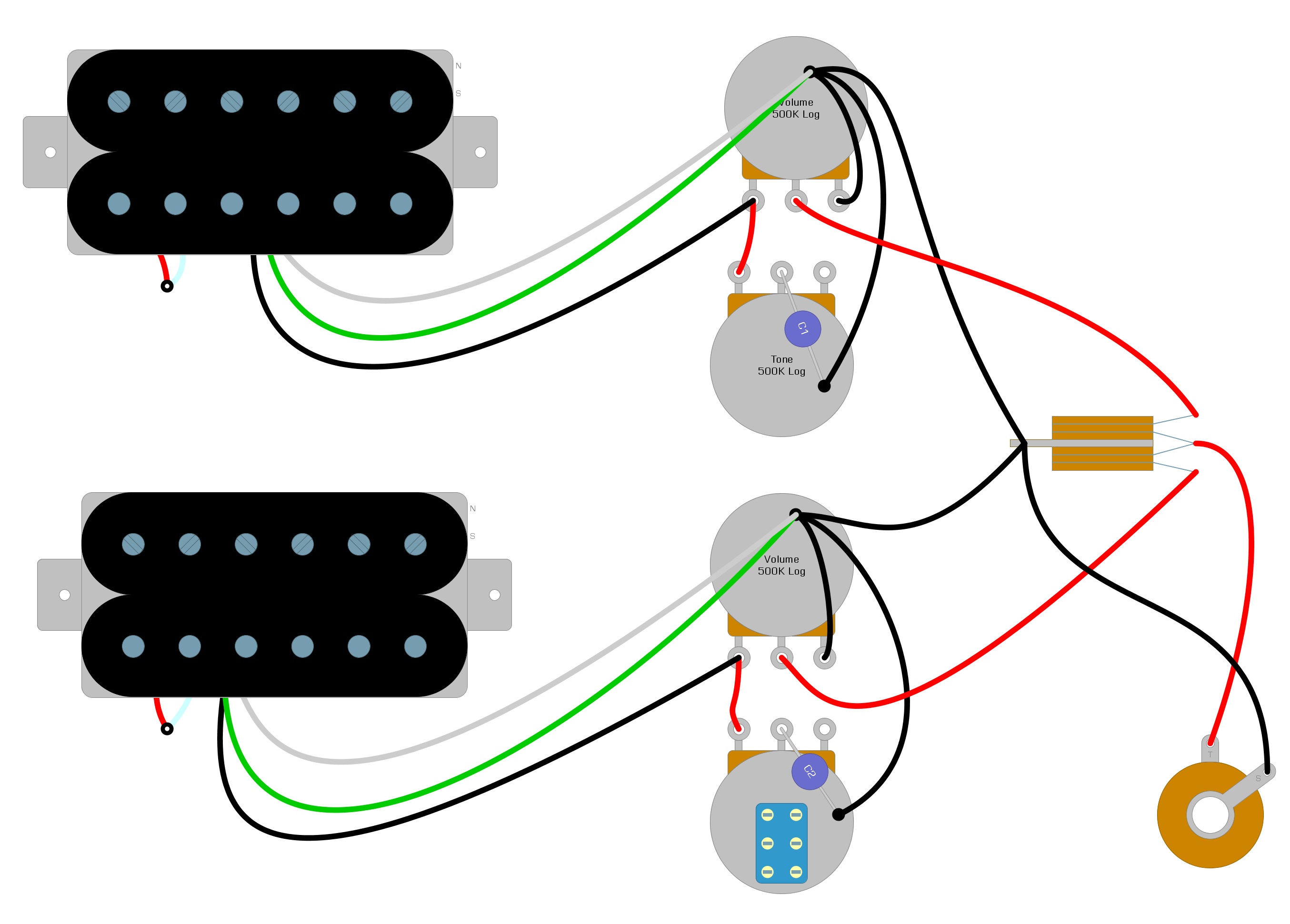
By Ed Malaker
Posted 04/11/2025
Monty’s Pickup Installation Guide
In this article, we are going to explain how to install different types of Monty’s pickups. “Monty’s” is a group of luthiers and musicians based in London, who have created a full line of guitar pickups, as well as a twin JFET Boost pedal. They have been in business for more than 20 years and have worked with many notable musicians, including David Gilmour, Pete Townsend, and Radiohead.
Before You Begin
We do not intend this installation guide as a step-by-step tutorial. Instead, it is a reference for anyone who has installed these pickups in their guitar. To use this installation guide, you’ll need to know how to read the wiring diagrams we provide. You will also need to know how to use the tools necessary to install the pickups. Please check out one of our several pickup wiring articles if you need step-by-step instructions.
Vintage Stratocaster Wiring
The Fender Stratocaster uses single-coil pickups. These pickups use a coil and a magnet to create an electromagnetic field that makes a small amount of electricity when you pluck the strings. This electricity passes through two wires attached to the coil, one at each end.
Monty’s has several single-coil pickups available, including the ’54 Stratocaster, ’62 Stratocaster, ’69 Stratocaster, and the Full Monty Stratocaster. For all pickups, the white is HOT, and the black is GROUND. We’ve illustrated a common way to install Monty’s pickups into a Fender Stratocaster in Example 1.
Example 1
Vintage Telecaster Wiring
The Fender Telecaster uses pickups very similar to those of the Fender Stratocaster, and they have the same two-wire scheme, but with some cosmetic differences. Monty’s creates several Telecaster pickups, including the ’50 Broadcaster, ’53 Telecaster, and ’68 Telecaster, and they use a yellow wire for the HOT, and a black wire for the GROUND.
We illustrate a common way to wire Monty’s pickups into a Telecaster guitar in Example 2.
Example 2
Vintage P90 Wiring
P90s are the Gibson version of a single-coil pickup. It uses all the same parts as the Fender single-coil, but it’s shaped differently and produces a unique tone. It still uses two wires, but the HOT wire is inside a braided metal shield wire that you use as the GROUND.
We illustrate a popular way to install P90s in a Gibson Les Paul-style guitar in Example 3
Example 3
Humbucker Wiring (Braided Wire)
The invention of the humbucker was primarily to eliminate the RF noise inherent in single-coil pickups. It eliminates the noise by using two coils wound in different directions. When the two coils’ signal is combined, the RF noise becomes out of phase and is eliminated. Manufacturers connected the two coils inside the casing, and most used the braided wire scheme that the P90s use with a single HOT surrounded by a braided metal GROUND. You can get any of Monty’s humbuckers with the vintage braided wire, including the Monty’s PAF and the Retro Wind. We’ve illustrated a popular way to install vintage humbuckers in a Gibson Les Paul in Example 4.
Example 4
Humbucker Wiring (4-Wires)
The four-wire humbucker is the modern version, and it has four wires so you can modify your guitar to create different tones. However, it also makes it slightly harder to install because there are more wires, and you’ll need to figure out which ones are the HOT and GROUND.
Monty’s uses the following wiring code:
Monty’s Wiring Coder
- Black = HOT
- Red + white = soldered together and taped off
- Green + Bare = soldered together and GROUND
We’ve illustrated this wiring code in Example 5.
Example 5
Once you have the wiring code, you can install the pickup by connecting the HOT and GROUND wires. We’ve illustrated a popular way to install Monty’s four-wire pickups into a Gibson Les Paul-style guitar in Example 6. Notice how similar it is to the P90 illustration.
Example 6
Humbucker Coil-Splitting (4-Wires)
In this last section, we’ll demonstrate the power of the four-wire humbucker by providing you with an example of a coil-split modification that turns off one of the coils to give you a new tone. The first step of this modification will require you to convert one of your standard tone controls into a push-pull pot. A push-pull pot is identical to a standard pot, with the addition of a switching mechanism. We illustrate what a push-pull pot would look like in the Gibson Les Paul-style guitar from our last example in Example 7.
Example 7
Once you have the push-pull pot installed, you will need to solder the red and white wires we previously taped off to the new switching mechanism, and add a short ground wire from the switch to the back of the tone control. We’ve illustrated these final connections in Example 8.
Example 8
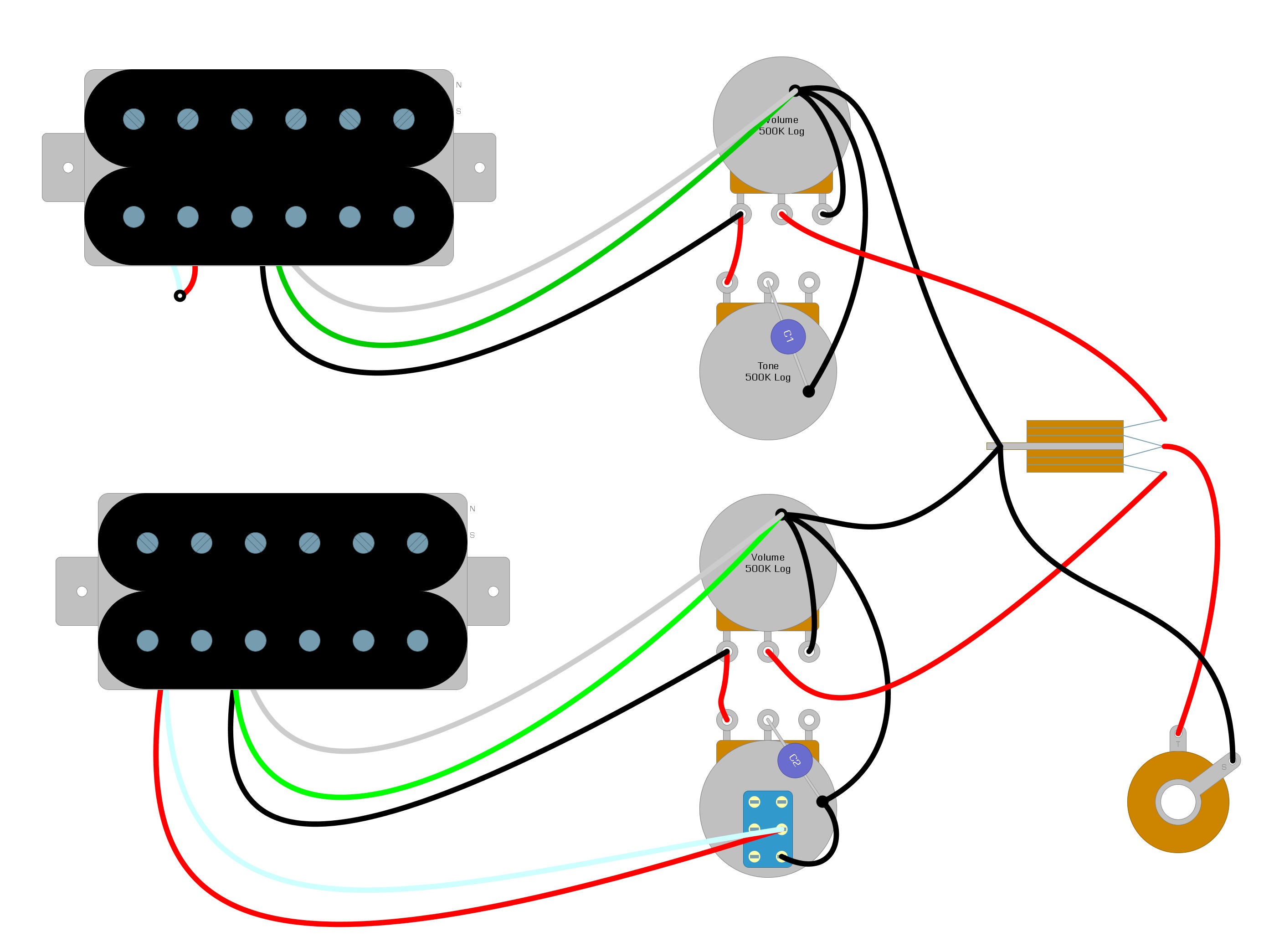
Summary
Installing pickups is a great way to improve and personalize your tone, and Monty’s pickups have a full line to choose from to fit any style of playing and musical genre. If you look closely, it always comes down to the GROUND wires going to the back of the pot, while the HOT goes to the switch or the volume pot.
We hope this helps you install your pickups and answers any other questions you might have had. If you know someone using Monty’s pickups, please share this Monty’s pickup installation guide with them. Visit humbuckersoup.com for more articles on guitar electronics.

